Scandinavian pattern design artfully combines simplicity with striking visual effects to create spaces that feel both cozy and sophisticated. The distinctive patterns feature bright whites, natural wood tones, and bold geometric shapes that have gained worldwide recognition over the last several years since their 20th-century emergence.
Traditional Scandinavian patterns blend folk art's inspiration with modern sensibilities. Your home can transform through this unique design approach that merges functionality with clean lines. The iconic Wishbone chair and vibrant textiles with high-contrast styles serve as perfect examples of this esthetic.
This detailed guide helps you become skilled at Scandinavian pattern design for your space. You'll find the key elements, selection strategies, and expert techniques needed to create harmonious interiors that showcase this timeless esthetic.
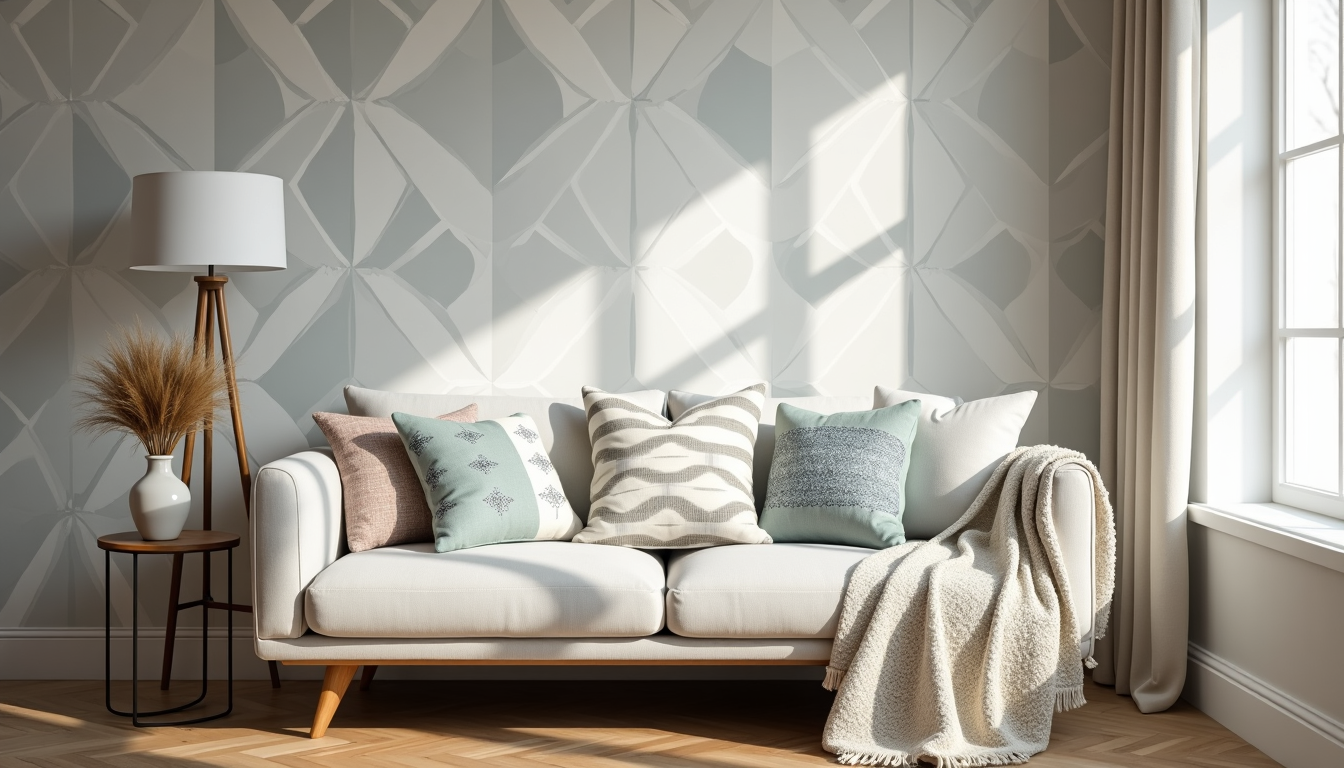
Essential Elements of Scandinavian Pattern Design
Clean design and purposeful lines are the life-blood of Scandinavian pattern esthetics. You can create authentic Nordic spaces that reflect both tradition and modernity by understanding these fundamental elements.
Geometric shapes and symmetry
Geometric precision creates a strong foundation for Scandinavian pattern design. Your space can incorporate these classic elements through:
- Multi-sided vases and lighting fixtures
- Overlapping triangular patterns
- Curved furniture pieces
- Simplified architectural details
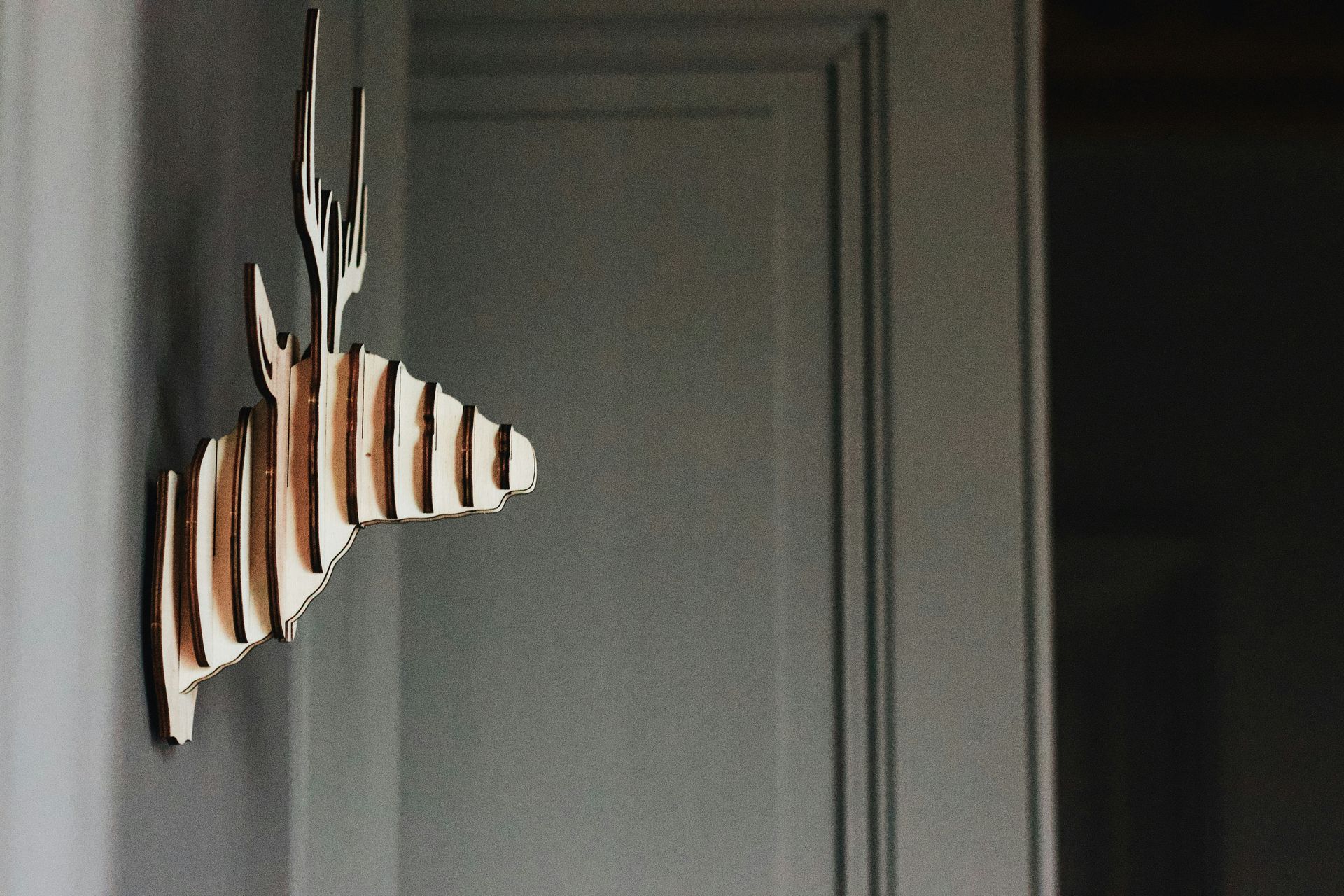
Nature-inspired motifs
Scandinavian design draws deep inspiration from the Nordic landscape. Traditional patterns showcase stylized interpretations of natural elements. These designs feature flowers, leaves, and birds in symmetrical arrangements that symbolize nature's connection to daily life.
Balance and repetition
The magic of Scandinavian patterns comes alive through thoughtful repetition and balance. Your design should establish visual rhythm through recurring elements. This approach creates movement and flow that naturally guides the eye through your space.
Creating harmony between geometric precision and organic forms is essential to master these elements. Your space needs clean outlines while incorporating natural motifs that add warmth and character. This balanced approach creates spaces that feel welcoming and well-organized.
Choosing the Right Scandinavian Patterns
The perfect Nordic-inspired space needs patterns that blend beauty with practicality. You should take a moment to review your space's unique features before diving into pattern selection.
Assessing your space and style
Your room's natural light levels and size deserve a closer look first. We found that lighter colors and simple patterns work better in smaller spaces. Let the existing furniture and architectural elements guide your pattern choices. This ensures they enhance your space's features instead of fighting against them.
Pattern scale for different rooms
Your room's dimensions should determine the size of your patterns. Larger spaces give you more room to play with bold designs. Smaller rooms look better with subtle, less dominant patterns. The room's purpose matters too - bedroom patterns should create a peaceful mood with serene, muted designs.
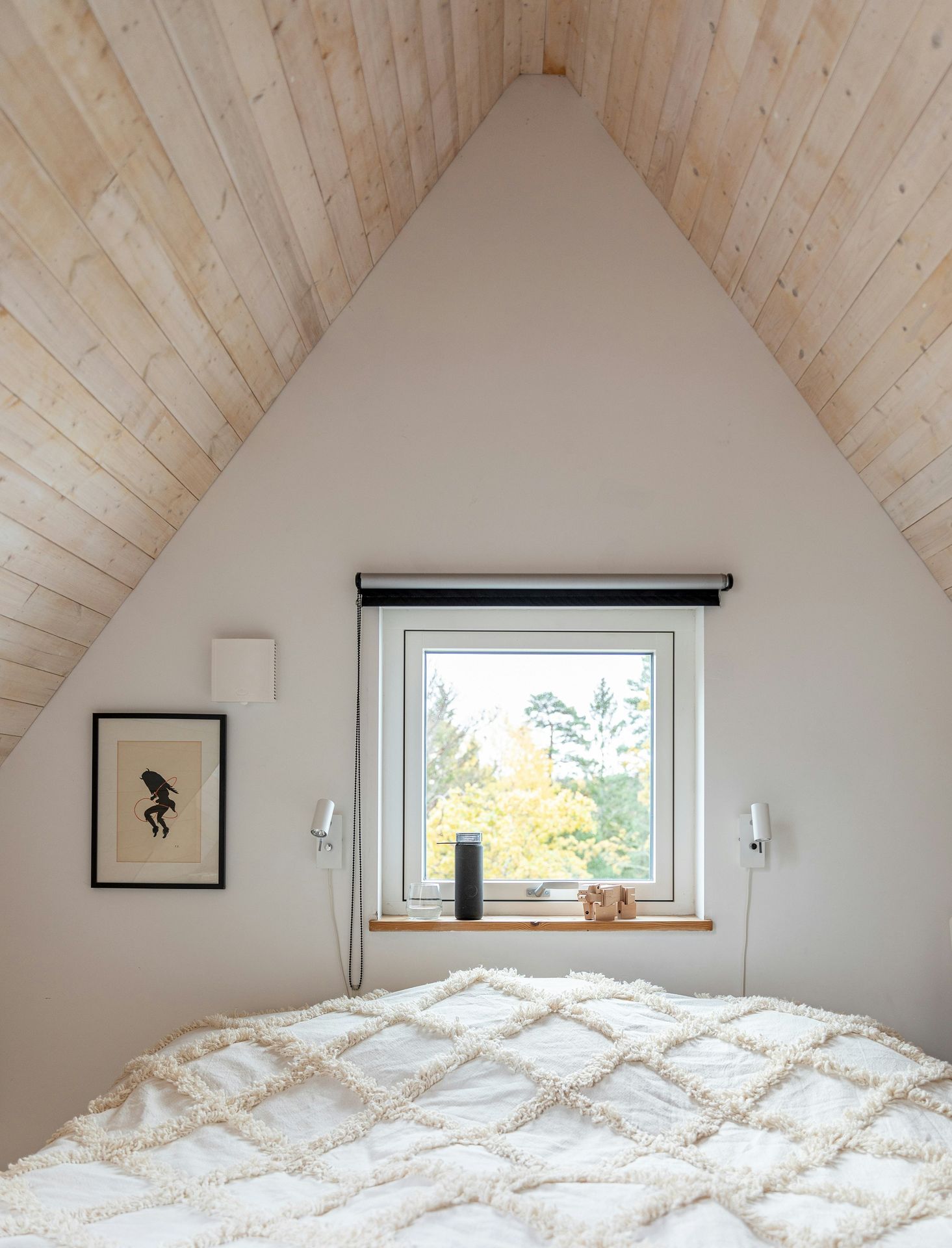
Color selection strategies
A thoughtful color approach sits at the heart of Scandinavian pattern design. Here's how to create a balanced palette:
- Begin with white, beige, or light gray as your neutral foundation
- Mix in muted green and blonde tones for a natural feel
- Add gentle splashes of color through accessories
- Mix cool neutrals with warm beiges
Nordic design's natural elements should shine through your pattern choices. Clean, wooden elements that highlight simplicity work best. Note that balance matters - bold patterns need subtle design companions to create harmony in your space.
Creating Pattern Harmony in Scandinavian Spaces
Becoming skilled at pattern mixing in your Scandinavian space starts with a delicate balance between simplicity and visual interest. Your goal is to create a space that feels welcoming through thoughtful pattern arrangement.
Layering different patterns
Your pattern trip starts with layering various textures and designs through soft furnishings. A neutral base of whites or light grays should form your foundation. You can add depth through:
- Textured velvets and mohair
- Embroidered jacquards
- Fine linens and woven fabrics
- Natural fiber rugs
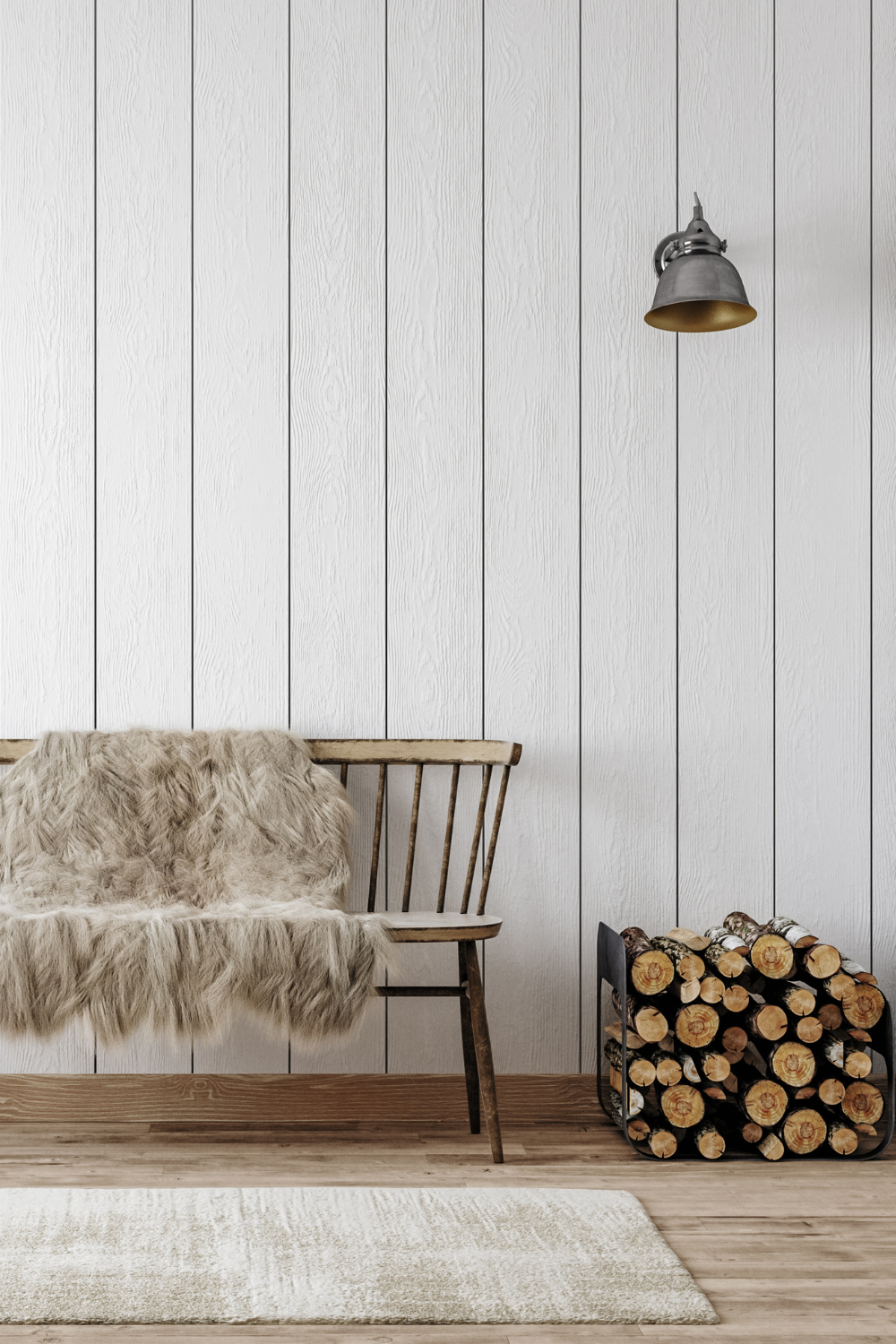
Balancing bold and subtle designs
The soaring win of Scandinavian pattern design comes from carefully balancing statement pieces with subtle accents. You might feel tempted to use multiple bold patterns, but restraint works best. To name just one example, see vibrant geometric rugs as your anchor piece and complement them with softer, subdued patterns in cushions and throws.
Pattern placement techniques
The placement of patterns substantially affects your space's overall harmony. Large patterns work best in anchor pieces like rugs or curtains. Of course, your eye should move naturally across the room. Diagonal arrangements create the illusion of more space where needed. Note that each pattern needs breathing room - this lets individual elements shine without overwhelming the space.
Modern Scandinavian Interior Design with Patterns
A modern Scandinavian interior can showcase both heritage and new design through smart pattern choices. Without doubt, Nordic spaces have moved beyond pure minimalism and now welcome a blend of traditional and bold elements.
Mixing traditional and contemporary patterns
The key to combining vintage and modern patterns lies in letting one style dominate. The 80-20 rule proves effective - use 80% of patterns from your main style and 20% from the contrasting style. Your space could include:
- Traditional botanical motifs with geometric prints
- Mid-century furniture mixed with contemporary textiles
- Vintage ceramics that complement modern pattern elements
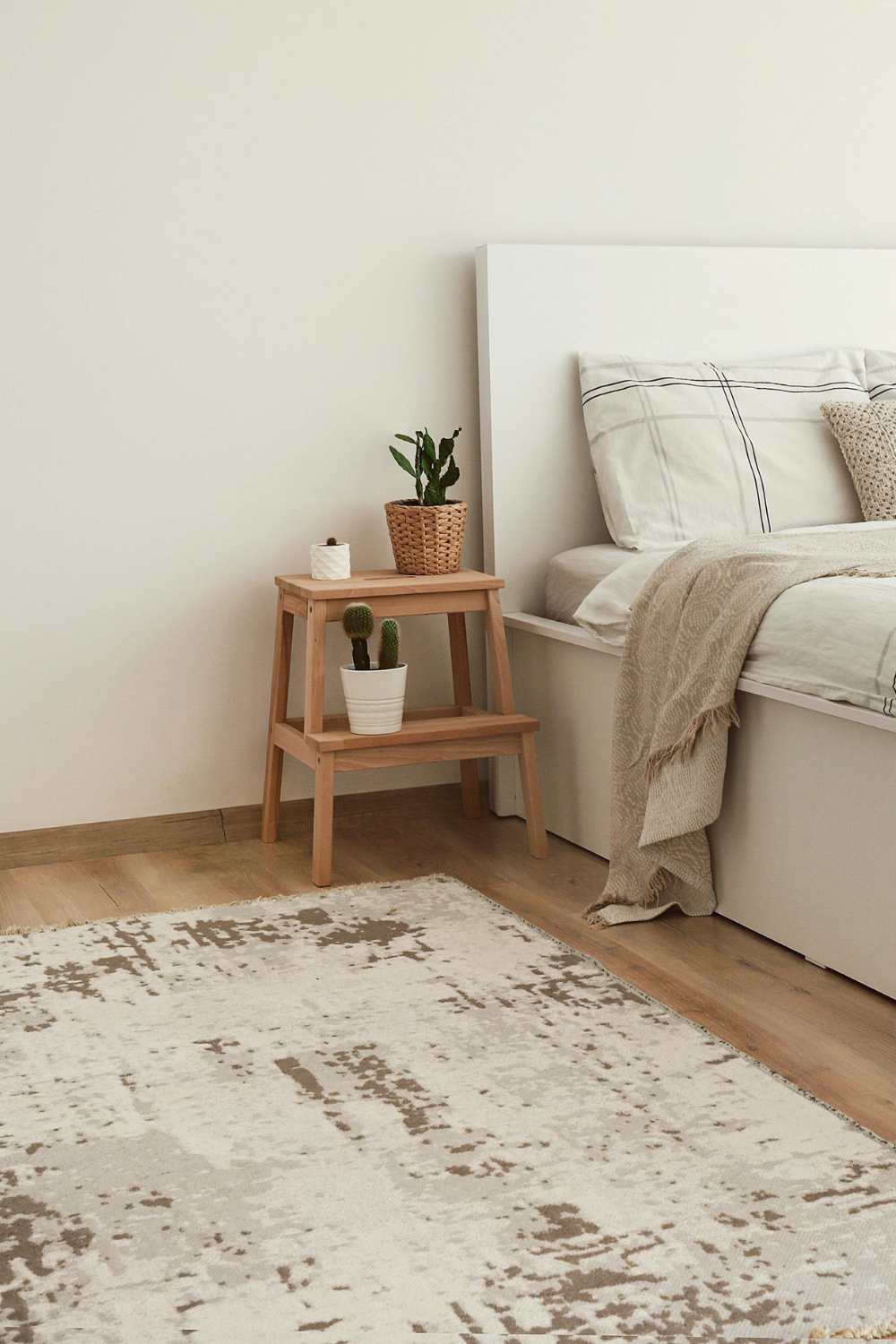
Scale and proportion guidelines
Your room's size shapes your pattern scale choices. Large rooms can handle bigger patterns, while smaller spaces look better with delicate designs. To assess a pattern's effect, view it from 3-5 feet away.
Creating visual harmony
Balance in your modern Scandinavian space comes from spreading patterns across the room rather than grouping them in one spot. A neutral base with subtle variations like soft grays and oatmeal tones sets the foundation. Your patterns should include colors that already exist in the room to create unity.
Note that varying pattern sizes adds visual interest - use small, medium, and large-scale designs throughout your space. This technique creates depth while preserving the room's simple nature.
Incorporating Patterns Through Different Mediums
Nordic pattern design can transform your home when you think over different mediums carefully. You'll quickly find how various materials and surfaces display these patterns effectively.
Textiles and soft furnishings
Your design trip starts with textiles. Natural materials create the best results in Scandinavian design:
- Wool throws and blankets for texture
- Linen curtains with subtle geometric prints
- Cotton upholstery featuring traditional motifs
- Chunky knit accessories for visual interest
Wall treatments and artwork
Your walls serve as blank canvases for pattern expression during the design process. The overall esthetic should stay clean and uncluttered. Choose wallpapers with subdued colors and minimalist patterns that feature geometrical shapes or subtle floral motifs. Embroidered artwork adds intricate details and personal touches that turn simple textiles into art pieces.
Architectural elements
Architectural features offer unique ways to integrate patterns. Natural wood elements stand out in flooring and decorative accents. Wooden panels with varied angles add contemporary appeal. Your architectural patterns should match the chosen textiles to create smooth flow throughout your space.
The key lies in balancing different pattern mediums. Rooms can combine textured wall treatments with simple furnishings, or bold textile patterns with subtle architectural details.
Seasonal Pattern Adaptation
Scandinavian pattern design adapts beautifully with seasonal changes by playing with light and atmosphere. Nordic design naturally flows with these cycles and adjusts patterns and textures to match the dramatic daylight variations.
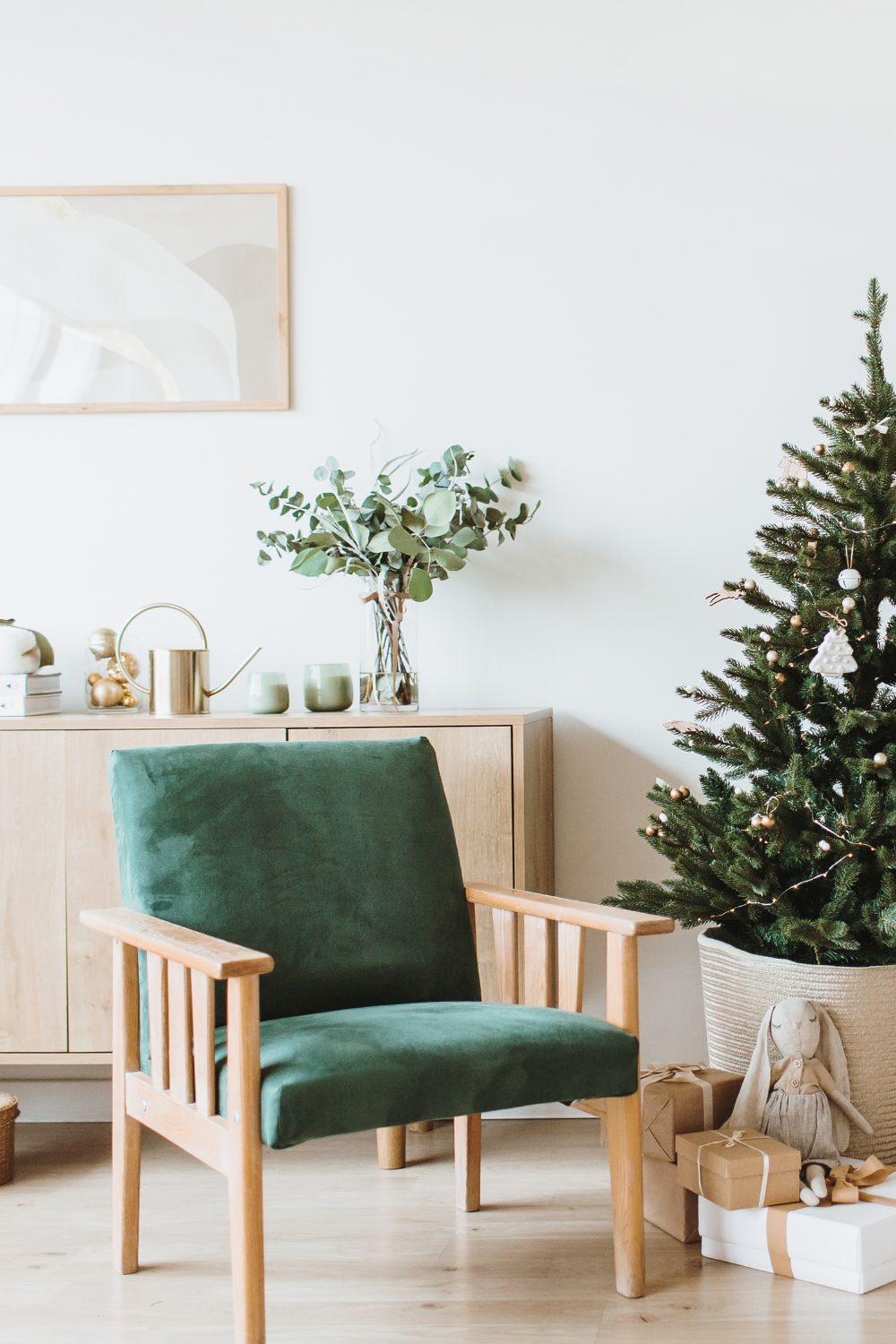
Summer vs winter pattern choices
Norwegian sweaters demonstrate how traditional patterns adapt to seasonal needs. Your summer patterns might include:
- Light, airy geometric designs
- Subtle nature-inspired motifs
- Pale, refreshing color schemes
- Minimalist line work
Winter patterns lean toward darker tones and heavier textures. Rich, detailed designs add visual warmth to your space.
Transitional pattern elements
Pattern choices should mirror seasonal light variations. Nordic homes experience dramatic changes in natural light throughout the year. Adaptable patterns work well in both bright and dim conditions. You can use reversible textiles or adjustable window treatments.
Adaptable design solutions
Modern Scandinavian interiors need flexibility to adapt with seasons. Your space can keep its Nordic character through smart pattern adaptation. Choose foundation pieces with timeless geometric patterns. Layer seasonal elements through accessories and textiles. This lets you refresh your space's look while keeping its Nordic essence intact.
Conclusion
Scandinavian pattern design creates spaces that blend sophistication with warmth. Your home can embrace Nordic esthetics through smart combinations of geometric shapes, natural motifs and balanced repetition.
The key to pattern success lies in your space's characteristics. Subtle designs work best in small rooms. Larger areas can handle bold statements with ease. Your space will stay true to Scandinavian design principles when you maintain visual harmony between pattern elements.
Traditional botanical prints and contemporary geometric patterns can both work well. Let simplicity be your guide. Pick one standout piece as your foundation. Build around it with complementary designs and textures. This method will give you a space that captures authentic Scandinavian style while showcasing your personal taste.
FAQs
Q1. How can I incorporate Scandinavian patterns into my home decor?
Start with a neutral base and introduce patterns through textiles, wall treatments, and architectural elements. Use geometric shapes, nature-inspired motifs, and clean lines. Layer different patterns while maintaining balance between bold and subtle designs.
Q2. What are the essential elements of Scandinavian pattern design?
Key elements include geometric shapes, symmetry, nature-inspired motifs, and a focus on balance and repetition. These patterns often feature clean lines, purposeful design, and a harmonious blend of precision and organic forms.
Q3. How do I choose the right Scandinavian patterns for my space?
Assess your room's size, natural light, and existing features. Choose pattern scales that complement the room's dimensions, and select colors that create a balanced palette. Start with neutral tones and add muted colors inspired by nature.
Q4. Can I mix traditional and modern Scandinavian patterns?
Yes, you can combine vintage and contemporary patterns using the 80-20 rule: 80% from your primary style choice and 20% from the contrasting style. Ensure visual harmony by spreading patterns throughout the room and maintaining a cohesive color scheme.
Q5. How can I adapt Scandinavian patterns for different seasons?
Use lighter, airy patterns and pale color schemes for summer, and opt for richer, more detailed designs with darker tones for winter. Incorporate adaptable elements like reversible textiles or adjustable window treatments to accommodate seasonal light changes.